FOLKESTONE – THE GREAT WAR AND THE ONE THAT FOLLOWED
Inhabited for over 12,000 years, Folkestone has seen it all – and seen its fortunes fluctuate over the centuries, with fishing smuggling, and defending against potential invaders all on the menu.
World War I and World War II brought a new prominence to the town, when it became the centre of transport for troops to and from the Western Front in the first world war and the repatriation from Dunkirk in the second.
Highlights: The Road of Remembrance, Step Short Memorial Arch, Shorncliffe Military Cemetery, Kent Battle of Britain Museum, Battle of Britain Memorial
THE ROAD OF REMEMBRANCE
The Great War of 1914-1918 saw many thousands of British troops pass through Folkestone, marching down the Road of Remembrance with their heavy boots clanking on the cobbles as they were instructed to “Step Short” – shorten their steps to cope with the steep gradient. They would embark their troopships at the station at the start of what is now The Harbour Arm.
It has been said that the Western Front began at Folkestone, and certainly it was a hub for the departure and arrival of troops, nurses, personnel and supplies including horses, food, clothing and munitions. During the war
10.6 million passengers, including 9.8 million troops departed from here – yet not a single person was lost to enemy action during the crossing to France.
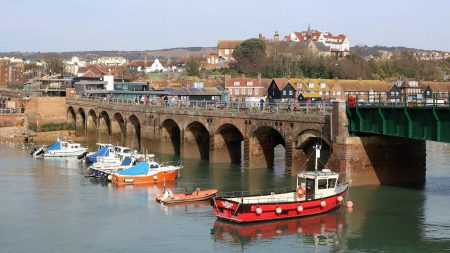
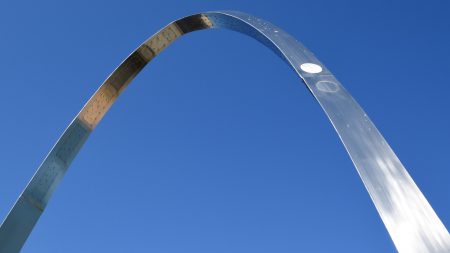
You can follow their route down the steep hill, starting at the top with the Step Short Memorial Arch, built for the centenary commemorations in August 2014. It’s the focus for remembering the men and women whose journey took them down the road, and also symbolic of the town’s status as a key gateway to the Western Front.
Rosemary for remembrance is planted along the road’s southern length and the wrought iron railings are adorned with hand-crafted poppies.
REST AND REFUGE
The Belgian Royal Family took up residence in Folkestone, along with over 100,000 other refugees.
A particularly noteworthy group were the tens of thousands of Canadian soldiers based here, who had a huge impact on local life. As well as training hard for the battle ahead and running hospitals and convalescent homes, over 1,000 of them married local girls and took them home to Canada!
Shorncliffe Military Cemetery holds the bodies of 305 Canadian soldiers who died during the Great War. Their sacrifice is honoured on July 1st (Canada Day) every year at a special service here which often includes a flypast of Spitfires and Hurricanes.
www.cwgc.org/visit-us/find-cemeteries-memorials/cemetery-details/40120/shorncliffe-military-cemetery
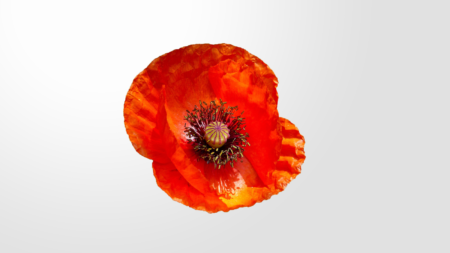
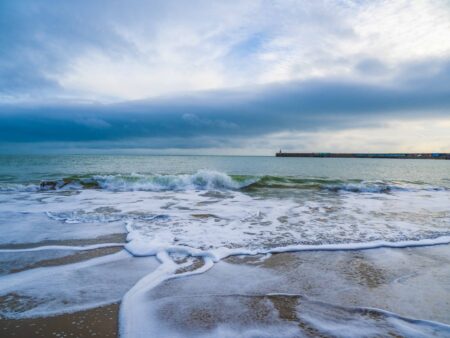
DUNKIRK AND HELLFIRE CORNER
Folkestone was the first port of call for many of those rescued from Dunkirk in May 1940. The sight of familiar shores and the welcome from local people with tea, snacks, sweets, cigarettes and good will and gratitude must have been almost overwhelming for the exhausted troops.
Some six weeks later, and the skies above Folkestone were alive – the Battle of Britain had begun. All Hitler had to do was cross the Channel… he must have thought Folkestone was in touching distance when it was so visible from Boulogne. The Luftwaffe were called into action against the RAF and Fighter Command.
Hawkinge Airfield was the closest to France, and squadrons flew from all over the country to refuel here before their onward journey to France and then back again. The Kent Battle of Britain Museum is based on Hawkinge Airfield, and houses a wealth of artifacts from both the British and German sides. www.kbobm.org
The Battle of Britain Memorial at Capel-le-Ferne, just a few miles away, is also a superb commemoration of the brave Few.
Hellfire Corner? Such was the intensity of the aerial bombardment from the Luftwaffe that Folkestone and other Kentish towns were under almost constant attack, with many civilian lives lost on the ground, and military lives in the air. The countryside, villages and towns are dotted with small memorials to those lives lost.
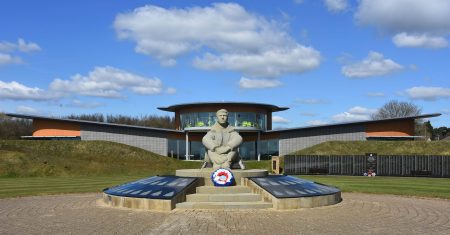
GETTING HERE
By car, we’re less than two hours from central London via the M25 and M20, or the M2 and then follow the excellent signs. By train, Southeastern’s high speed rail service will get you here from London in less than an hour. National coach operators serve the area, with bus services around the area from Folkestone central bus station.
For information about accommodation, visit Folkestone and Hythe accommodation finder